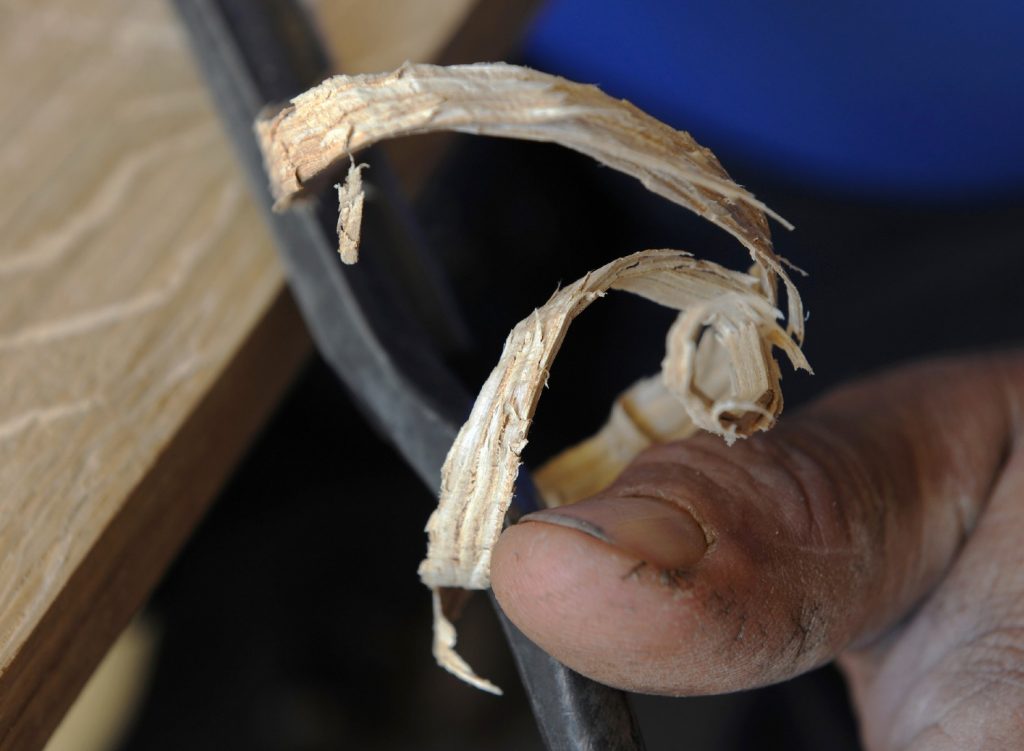First-Aid Tips for Woodworkers: How to Get a Splinter Out Safely

Every woodworker knows the feeling of getting a splinter. Whether it’s from handling rough lumber or working with power tools, these tiny pieces of wood can easily embed themselves into your skin and cause pain and discomfort. While splinters may seem like a minor inconvenience, they should not be taken lightly.
In some cases, splinters can lead to infections or even require medical attention. Luckily, they’re pretty common and straightforward to deal with. With the right tools and techniques, you can safely remove a splinter at home. So read on for our top first-aid tips on how to get a splinter out safely.
Preparation Is Key
Before starting any woodworking project, it’s important to be prepared for potential accidents. This includes having a mini first aid kit on hand at all times. Your kit should include items such as tweezers, antiseptic wipes, bandages, and antibiotic ointment. Having these essentials within reach will save you time and prevent the splinter from causing further irritation or infection.
Assess the Situation
The first step is to assess the splinter and determine its size, location, and depth. If it’s a large or deeply embedded splinter, it may be best to consult a doctor for removal. For smaller splinters, there are a few methods you can try yourself.
Let It Soak
Soaking the affected area in warm water for 10-15 minutes can help soften the skin and make it easier to remove the splinter. You can also add Epsom salt or baking soda to the water for added relief. After soaking, dry the area thoroughly and clean it with antiseptic wipes.
Use Tweezers
Once the skin is clean and dry, try using a pair of clean tweezers to gently pull out the splinter. If the splinter is protruding from the skin, grasp it as close to the surface as possible and pull in the same direction it entered. If the splinter is embedded, use a magnifying glass to get a better view and carefully dig around the edges of the splinter with the tweezers until you can grab hold of it.
The Glue Trick
For tiny, hard-to-grab splinters, a drop of glue can do the trick. Simply put a small amount of glue on the affected area and let it dry completely. Once dried, peel off the glue and the splinter should come out with it.
Seek Medical Attention
If you have tried these methods and still cannot remove the splinter, or if the area is showing signs of infection such as redness, swelling, or pus, it’s best to seek medical attention. A doctor can safely remove the splinter and provide any necessary treatment.
Clean and Protect
After removing the splinter, be sure to clean the affected area thoroughly with antiseptic wipes and apply a bandage with antibiotic ointment to prevent infection. Keep the area clean and dry while it heals.
Prevention Is Best
The best way to avoid getting splinters in the first place is by taking preventative measures. This includes wearing protective gear such as woodworking gloves, safety glasses, and a dust mask when working with wood. Also, be sure to handle all tools and materials with care to minimize the risk of splinters. In addition, regularly inspect your tools and work area for any loose or rough pieces that could cause splinters.
Conclusion
While getting a splinter may seem like a minor annoyance, it’s important to take proper precautions and know how to remove one safely. With these first-aid tips in mind, you can confidently continue your woodworking projects without worrying about the potential of getting a splinter. Remember, always be prepared and seek medical attention if the area shows signs of an infection. Keep this guide handy for any future incidents.
